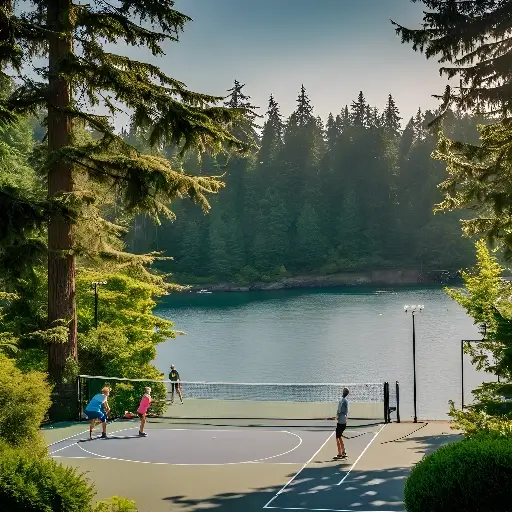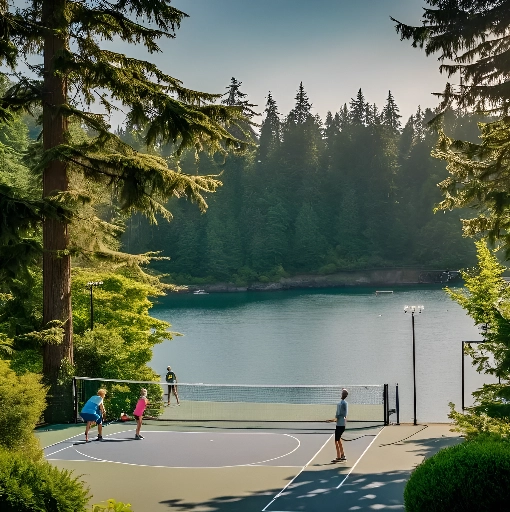
Pickleball Glossary of Terms
This is a comprehensive listing of Pickleball terms. Please note some similarity to Tennis terminology.
Ace: A serve that your opponent is unable to hit back, resulting in a point won on your serve.
Approach Shot: Hitting the ball while moving toward the net.
Around the Post (ATP): A legal shot where the ball is hit around the side of the post (net) rather than directly over it.
Backcourt: The area near the baseline, a few feet inside the court from the baseline.
Backspin (Slice or Chop): Applying spin to the ball by striking it with a high-to-low motion, causing it to spin in the opposite direction of its flight.
Centerline: The line that extends from the Non-Volley Zone (NV-Zone) to the Baseline, dividing the service court into two equal halves.
Dink Shot: A soft shot that arcs over the net and falls into the opposing NV-Zone.
Double Bounce: A ball that bounces more than once on one side of the net before being returned, resulting in a lost point.
Drive: A forehand shot hit straight and low, deep into the opposing backcourt.
Drop Shot: A soft shot that clears the pickleball net and then falls short of the opposing players.
Doubles: A pickleball game played between 4 people (2 on each team). Teams can be men, women, or mixed doubles.
Dillball: A shot that is inbounds and has bounced once—a live ball.
ERNE: A term pronounce as the name “Ernie”. A shot in the air as you jump around or over the Kitchen.
Kitchen: same as the Non-Volley Zone.
Non-Volley Zone (NV-Zone): The area near the net where players cannot volley (hit the ball in the air).
Pickleball: A delightful sport combining elements of tennis, table tennis, and badminton.
Serve: The underhand shot that starts the point.
Volley: Hitting the ball in the air without letting it bounce.


